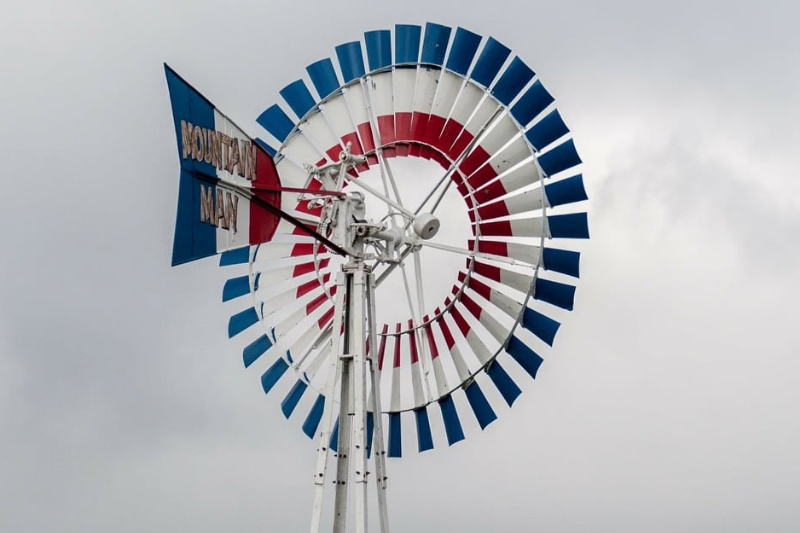
The pressure exerted by the wind is one of the important considerations in Structural Design. Once the wind passed through the building, a deflections perpendicular to the wind may also occur depending on its velocity. In some cases, the load due to wind governs especially when you are considering a high or a tall structure, that is why wind loads should not be taken for granted. In fact, when a building is too complex, a wind tunnel procedure can be considered. Nevertheless, the code set a standard in determining wind procedure that we require in our design.
ASCE 7-10 provides two methods for wind load calculation: a simplified procedure and an analytical procedure. The simplified procedure is for building with a simple diaphragm, roof slope less than 10 degrees, mean roof height less than 30 feet (9 meters), regular shape rigid building, no expansion joints, flat terrain and not subjected to special wind condition. The analytical procedure is for all buildings and non-building structures. Each procedure has two categories: wind for the main wind force-resisting system (MWFRS) and wind for component and claddings (C&C).
Since most of our wind design considerations are for buildings other than the simplified procedure stated above, let us tackled the Analytical Procedure approach that can be applied both for buildings and nonbuilding structures.
The objective of this article is to help you decide which wind load criteria is appropriate for your design as per the analytical procedure; here are the summaries of the wind load analytical procedure approach as specified in ASCE 7-10. You are going to need a copy of the ASCE 7-10 code for sections, figures and table references.
Determine the Velocity Pressure, qz:
One of the important aspects of Wind Analysis is the velocity pressure. Regardless of which analysis approaches we may use, velocity pressure is a requirement. The velocity pressure is depending on wind speed and topographic location of a structure as per the code standard velocity pressure, qz equivalent at height z shall be calculated as
qz = 0.00256 Kz Kzt Kd V2 (lb/ft2) or
qz = 0.613 Kz Kzt Kd V2 (N/m2); V=m/s
where:
Kz is velocity pressure exposure coefficient
Kzt is the topographic factor
Kd is wind directionality factor
V is the basic wind speed
Velocity pressure exposure coefficients, Kz are listed Table 27.3-1 of ASCE 7-10 or can be calculated as
Kz = 2.01 (z/zg)2/α
from which, z is the height above ground and should not be less than 15 feet (4.5 meters) except that z shall not be less than 30 feet (9 meters) for exposure B for low rise building and for component and cladding. The parameters, α, and zg are taken as follows:
| Exposure | α | zg (ft) | zg (m) |
| B | 7 | 1200 | 365.76 |
| C | 9.5 | 900 | 274.32 |
| D | 11.5 | 700 | 213.36 |
Topographic Factor, Kzt:
Kzt = (1 + K1K2K3)2
where:
K1, K2, K3 are determined from Figure 26.8-1 of ASCE 7-10 based on ridge, escarpment, and hill. If site conditions and locations of structures do not meet all the conditions specified in section 26.8.1 then Kzt =1.0
Wind Directionality Factor; Kd shall be determined from Table 26.6-1 and the basic wind speed, V is according to Figure 26.5-1 of ASCE 7-10.
1. Wind Load for Main Wind Force Resisting System (MWFRS)
1.1 Rigid Building of All Height:
The design wind pressure shall be calculated as
P = q G Cp – qi (GCpi) (lb/ft2) (N/m2) (27.4-1)
where:
q = qz for windward walls evaluated at height z above ground.
q = qh for Leeward walls, sidewalls, and roof evaluated at mean roof height h above the ground.
G = 0.85 is gust response factor
Cp is the external pressure coefficient from Figures 27.4-1, 27.4-2 and 27.4-3 of ASCE 7-10.
Figure 27.4-1 is for gable, hip roof, mono-slope roof, and mansard roof
Figure 27.4-2 is for domed roof
Figure 27.4-3 is for the arched roof
GCpi is the internal pressure coefficient from Table 26.11 of ASCE 7-10.
qi is internal pressure evaluated as follows:
Enclosed building:
qi = qh evaluated for windward walls, leeward walls, and sidewalls, and roof.
Partially enclosed building:
qi = qh for negative internal pressure, qi= qz for positive internal pressure at height z at the level of highest opening.
Note: The internal pressure shall be applied simultaneously on the windward and leeward walls and both positive and negative pressures need to be considered. Therefore, it cancels each other for enclosed building except for the roof. For partially enclosed building, internal pressure shall be added to the leeward wall at the height of the opening.
Wall pressure coefficient Cp for Gable, Hip roof (from figures 27.4-1, 27.4-2 and 27.4-3 of ASCE 7-10):
| Surface | L/B | Cp | Use with |
| Windward Wall | All values | 0.8 | qz |
| Leeward Wall | 0-1 | -0.5 | qh |
| 2 | -0.3 | ||
| ≥4 | -0.2 | ||
| Side Wall | All values | -0.7 | qh |
1.2 Low-Rise Building
The design wind pressure for low-rise buildings shall be calculated as
P = qh[ (GCpf ) – (GCpi)] (lb/ft2) (N/m2) (28.4-1)
where:
qh is velocity pressure at mean roof height h above ground.
GCpf is the external pressure coefficient from Figure 28.4-1 of ASCE 7-10.
GCpi is the internal pressure coefficient from Table 26.11-1 of ASCE 7-10.
Note: For wind pressures at edges and corners of walls and roof are higher than interior zone. Wind pressure at each zone needs to be calculated separately.
External pressure coefficient GCpf (from Figure 28.4.1 of ASCE 7-10)
| Roof Angle | Building Surface | |||||||
| 1 | 2 | 3 | 4 | 1E | 2E | 3E | 4E | |
| 0-5 | 0.4 | -0.69 | -0.37 | -0.29 | 0.61 | -1.07 | -0.53 | -0.43 |
| 20 | 0.53 | -0.69 | -0.48 | -0.43 | 0.8 | -1.07 | -0.69 | -0.64 |
| 30-45 | 0.56 | 0.21 | -0.43 | -0.37 | 0.69 | 0.27 | -0.53 | -0.48 |
| 90 | 0.56 | 0.56 | -0.37 | -0.37 | 0.69 | 0.69 | -0.48 | -0.48 |
1.3 Parapets
The design wind pressure for the effect of parapets on MWFRS of rigid or flexible buildings shall be calculated as
Pp = qp GCpn (lb/ft2) (27.4-4)
where
Pp is the combined net pressure on the parapet due to the combination of net pressure from front and back surfaces; ± signs signify net pressure toward and away from the exterior side of the parapet
qp is velocity pressure at the top of parapet.
GCpn is combined net pressure coefficient, +1.5 for windward parapet, -1.0 for leeward parapet.
1.4 Design Wind Load with Eccentricities:
Wind load design cases as defined in Figure 27-4-8 of ASCE 7-10
Case 1: Full wind loads in two perpendicular directions considered separately.
Case 2: 75% wind loads in two perpendicular directions with 15% eccentricity considered separately.
Case 3: 75% wind loads in two perpendicular directions simultaneously.
Case 4: 56.3% (75%x75%) of wind load in two perpendicular directions with 15% eccentricity simultaneously.
2. Wind Load for Component and Cladding (C&C)
2.1 Building 60 Feet (18 meter) or Lower (Low-Rise Buildings)
The design wind pressure shall be calculated as
P = qh[ (GCp ) – (GCpi)] (lb/ft2) (N/m2) (30-4-1)
where:
qh is velocity pressure at mean roof height h above ground.
GCp is external pressure coefficient given in:
Figure 30.4-1 (walls)
Figures 30.4-2A to 30.4-2C (flat roofs, gable roofs, and hip roofs)
Figure 30.4-3 (stepped roofs)
Figure 4-4 (multi-span gable roofs)
Figures 30.4-5A and 30.4-5B (monoslope roofs)
Figure 30.4-6 (sawtooth roofs)
Figure 27.4-3, footnote 4 (arched roofs)
GCpi is internal pressure coefficient from Table 26.11-1 of ASCE 7-10.
2.2 Building higher than 60 Feet (18 meters)
The design wind pressure shall be calculated as
P = q (GCp) – qi (GCpi) (lb/ft2) (N/m2) (30.6-1)
where:
q = qz for windward walls evaluated at height z above ground.
q = qh for Leeward walls, sidewalls, and roof evaluated at mean roof height h above ground.
qi is internal pressure evaluated as follows:
Enclosed building:
qi = qh evaluated at mean roof height for windward, leeward, and sidewalls, and roof.
Partially enclosed building:
qi = qh for negative internal pressure, qi = qz for positive internal pressure at height z at the level of highest opening.
GCp is external pressure coefficient in:
Figure 30.6-1 for walls and flat roofs
Figure 27.4-3, footnote 4, for arched roofs
Figure 30.4-7 for domed roofs
Figure 30.6-1 Note 6 for other roof angles and geometries
GCpi is the internal pressure coefficient from Table 26.11-1 of ASCE 7-10.
Note: The internal pressure shall be applied simultaneously on the windward and leeward walls and both positive and negative pressures need to be considered. Therefore, it cancels each other for enclosed buildings except for the roof. For partially enclosed building, internal pressure shall be added to the leeward wall at the height of the opening.
2.3 Wind Pressure on Parapets
The design wind pressure for C&C of parapet surfaces for all building types and heights shall be:
P = qp (GCp) – (GCpi) (30.9-1)
where
qp = velocity pressure at the top of parapets.
GCp is external pressure coefficient given in:
Figures 30.4-1, 30.4-2A to 30.4-2C, 30.4-3, 30.4-4, 30.4-5A and 30-5B, 30.4-6, 30.4-7, 30.6-1, 27.4-3 and 27.4-3 (footnote 4).
GCpi is internal pressure coefficient from Table 26.11-1 based on the porosity of the parapet envelope.
Note: Two load cases shall be considered as per Figure 30.9-1 of ASCE 7-10.
2.4 Wind Load on Open Building and Other Structures
The design wind load shall be calculated as
P = qhG CN (30.8-1)
where
qh= velocity pressure at mean roof height h using the exposure defined in Section 26.7.3
G= 0.85 as gust effect factor.
CN is net pressure coefficients include from top and bottom surfaces given in
Figure 30.8-1 for mono sloped roof
Figure 30.8-2 for pitched roof
Figure 30.8-3 for troughed roof
To Sum Up:
The above wind load provisions are according to ASCE 7-10 Chapters that Sum Up as follows:
- Chapter 26: General Requirements for Wind Load Determination
- Chapter 27: Wind Load Criteria for MWFRS using Directional Approach.
- Chapter 28: Wind Load Criteria for MWFRS for Low-rise Buildings
- Chapter 29: Wind Load Criteria for MWFRS of Other Structures
- Chapter 30: Wind Load Criteria for MWFRS for Components and Cladding
A recommended reference book Guide to the Wind Load Provisions of ASCE 7-10 by Kishor C. Metha and William L. Coulbourne containing different wind analysis examples problems is worth to try.
What do you think of the above article? Tell us your thoughts! Leave your message in the comment section below. Feel free to share this article, subscribe to our newsletter and follow us on our social media pages.
[DISPLAY_ACURAX_ICONS]


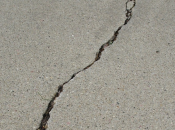

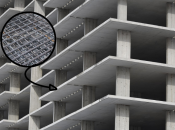

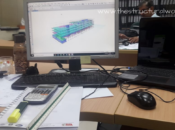
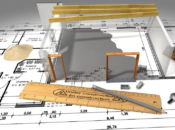
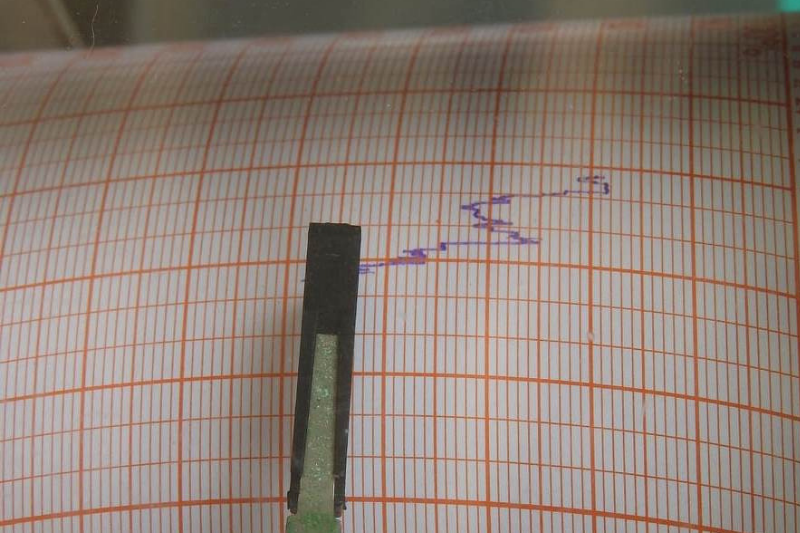
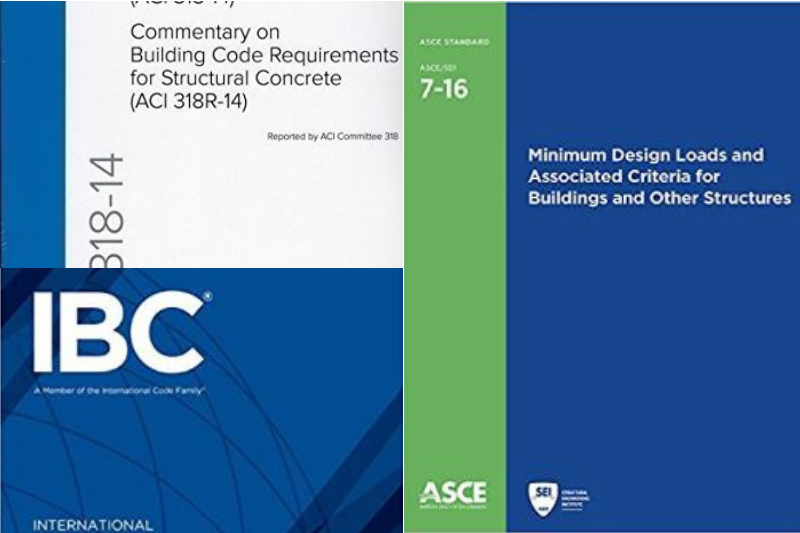
I have a question. Where in ASCE 7-10 does it tell you the pressure to design to? We use to take the basic calculated design pressure and multiply it by 2. Then they added in the ultimate design pressure and effectively that was taking the design pressure and multiplying it by 1.6 so you would then take that number and multiply it by 1.25 and that was the pressure that you then rounded up to the nearest FM wind uplift rated tested system. This is published in the RCI summary of ASCE 7-10 using the ASD approach for roofing design and is how we have been doing it. HOWEVER, this is being called into question by a Roof systems manufacturer and I would like to be able to point directly to where in ASCE 7-10 that the 1.25 multiplayer is called for OR to where it called out for a multiplayer of 2 of the basic design pressures. Your help with this would be greatly appreciated.
I think it can be found in Chapter 30: Wind Load Criteria for MWFRS for Components and Cladding. Just check it out.
Is Kzt in the directional method calculated and used in each directions, or just the exposure category? ASCE specifically notes the exposures for each direction, but not wind speed-up.